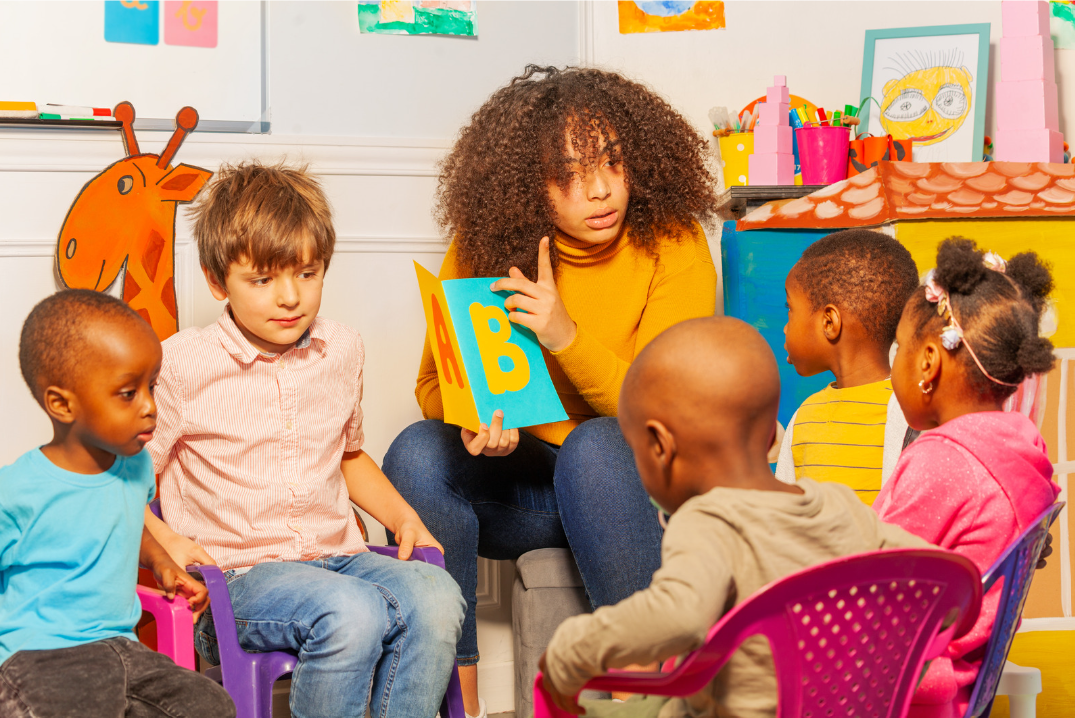Building rapport with students is critical to effectively executing treatment.
In my first week with any new student, my priority isn’t to jump right into the most difficult tasks, it’s to create a foundation of trust and connection. When a student feels connected, they are much more willing to work with you, and their therapeutic outcomes will often exceed expectations.
Here are the ways I make that happen:
- Learn About Their World
In more than two decades of practice, I’ve learned that knowing a student’s hobbies and interests is the quickest way to build trust. In my first sessions, I ask questions about what they read, watch, play, or create. I have spent countless hours learning about new activities, sports, books, video games, and even Dungeons and Dragons. This shows genuine interest and it’s hard for a student to resist engaging in activities that incorporates something they love.
- Follow Up and Show You Care
It’s not enough to just ask once. I make notes about their favorite topics or events that may be taking place. During the next session I follow up. If a student mentions an upcoming soccer game or a new video game release, I check in about it the following week. These small follow-ups show that I was listening and help form that connection.
- Incorporate Their Interests into Therapy
My older students often enjoy “teaching” me about their favorite games or books, and I use that knowledge to create therapy tasks. For example, I might turn a game strategy into a writing prompt or use characters from their favorite show to make an organization activity more engaging. Even emotional or sensory regulation can be taught more effectively when it’s tied to a topic they care about.
- Be Honest and Playful
I’m honest with students about what I do and don’t know and sometimes that’s part of the fun. I’ll tell them, “That book you love might be tough for me to read, but I’m going to give it a try.” When I’ve followed through, students are surprised and delighted that an adult made the effort to enter their world. Parents often tell me these conversations are mentioned at home.
- Build Rapport with Non-Speaking Students Too
For students who are non-speaking, I gather information from teachers, staff, and parents who know them well. Observation is key! Watching what activities, they gravitate toward, what they draw, or how they use sensory materials is critical. Using these preferred materials in future sessions builds connection. For example, one student became fully engaged in handwriting tasks when I switched from school-themed words and pictures to those from the movies Toy Story 3 and Storks.
First Week Takeaway:
✅ Ask about interests right away.
✅ Follow up on details they share.
✅ Integrate their favorite topics into tasks.
✅ Be honest and willing to learn from them.
✅ Observe closely for nonverbal cues.
When you take time to connect on a personal level, the therapy that follows is smoother, more enjoyable, and significantly more effective.
Author: Karlyn M. Goodman, OTR/L

